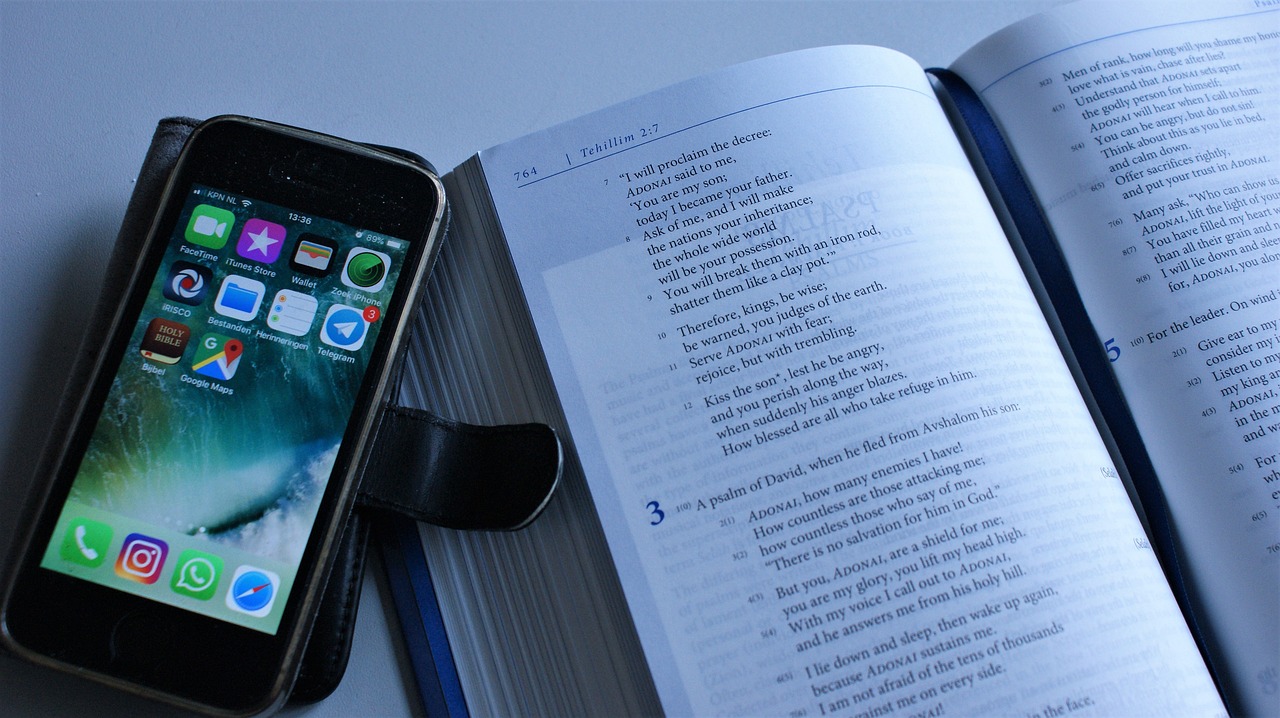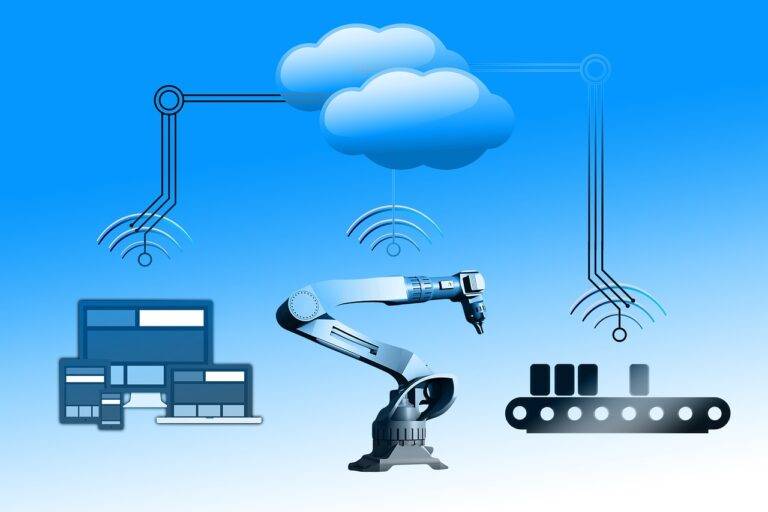Exploring Virtual Reality in Education
Virtual reality (VR) technology has revolutionized the educational landscape by offering immersive and interactive learning experiences. Students can step into virtual worlds and engage with content in a way that captures their attention and enhances their understanding. By creating a hands-on environment, VR allows students to explore complex concepts in subjects like science, history, and geography, making learning more impactful and memorable.
Moreover, VR in education caters to different learning styles, providing visual, auditory, and kinesthetic learners with a multi-sensory approach to learning. This technology fosters creativity and critical thinking skills as students are encouraged to problem-solve and think outside the box in a virtual setting. With the ability to simulate real-world scenarios, VR not only helps students grasp theoretical knowledge but also equips them with practical skills that are essential for their academic and future professional endeavors.
Examples of Virtual Reality Integration in the Classroom
Virtual reality (VR) has revolutionized the way students engage with learning material in the classroom. For instance, in biology classes, students can explore the intricate details of a cell or witness the process of photosynthesis firsthand through immersive VR simulations. This hands-on approach allows students to grasp complex concepts with greater ease and retention.
Furthermore, in history classes, VR technology can transport students to historical events and locations, providing a vivid and interactive way to learn about the past. By virtually stepping into the shoes of historical figures or walking through ancient ruins, students can develop a deeper understanding and appreciation for the historical significance of these events. This experiential learning using VR creates a more dynamic and engaging educational experience for students across various subjects.
What are some benefits of using virtual reality in education?
Some benefits of using virtual reality in education include increased student engagement, enhanced retention of information, improved understanding of complex concepts, and the ability to offer immersive learning experiences.
Can you provide some examples of virtual reality integration in the classroom?
Some examples of virtual reality integration in the classroom include using VR headsets for virtual field trips, simulations for science experiments, virtual dissections for biology classes, and immersive language learning experiences.
How can virtual reality help students with special needs?
Virtual reality can help students with special needs by providing them with a more interactive and engaging learning experience, catering to different learning styles, and offering a safe environment for practicing social skills.
Are there any limitations to using virtual reality in education?
Some limitations of using virtual reality in education include the cost of VR technology, the need for training teachers on how to incorporate VR into their lessons, and potential issues with motion sickness for some users.
How can teachers get started with integrating virtual reality into their classrooms?
Teachers can get started with integrating virtual reality into their classrooms by researching VR resources and platforms, attending professional development workshops on VR in education, and collaborating with colleagues to share best practices and lesson ideas.





